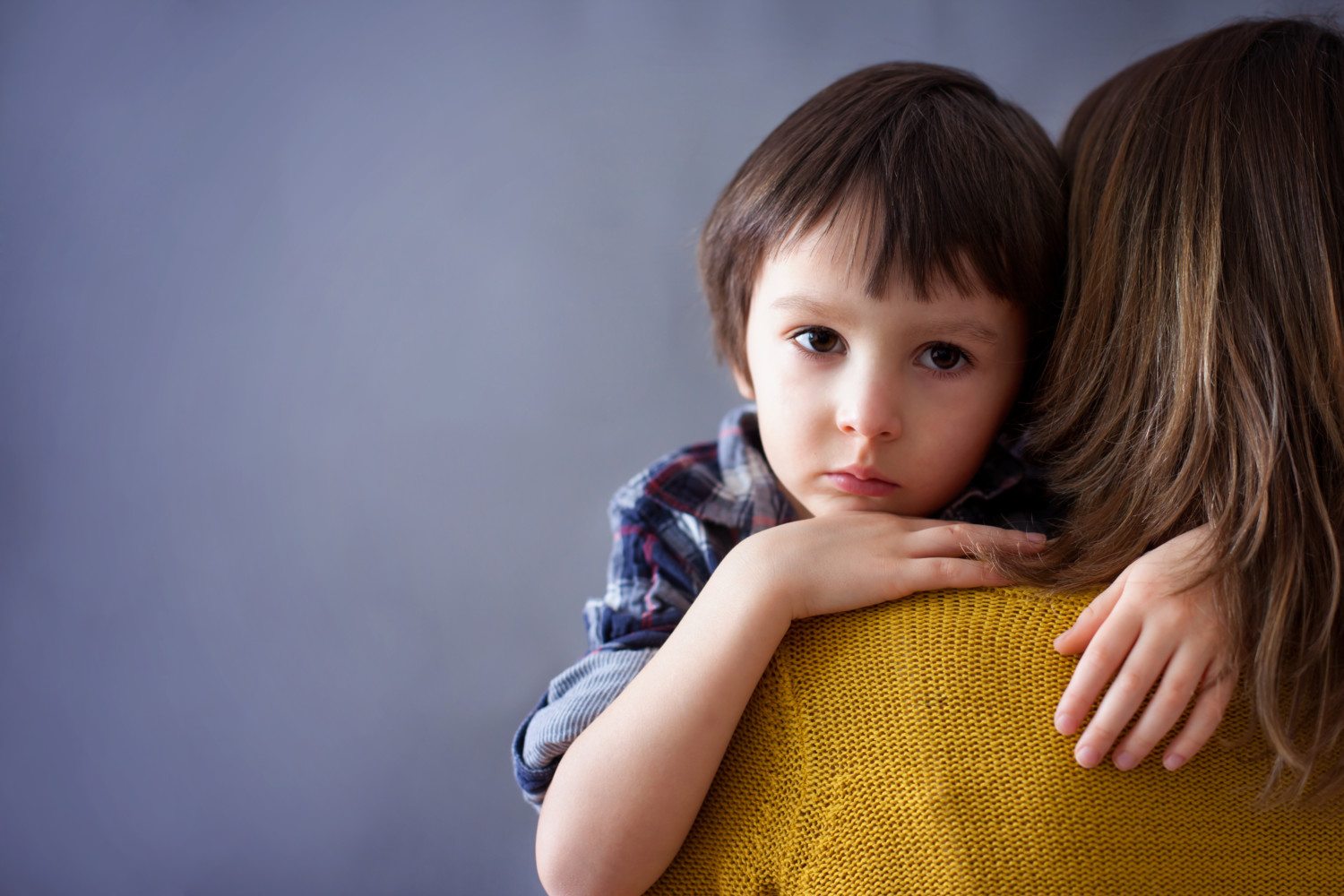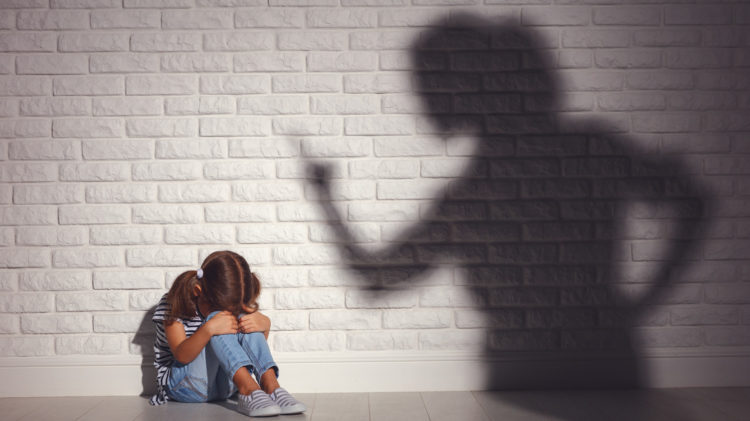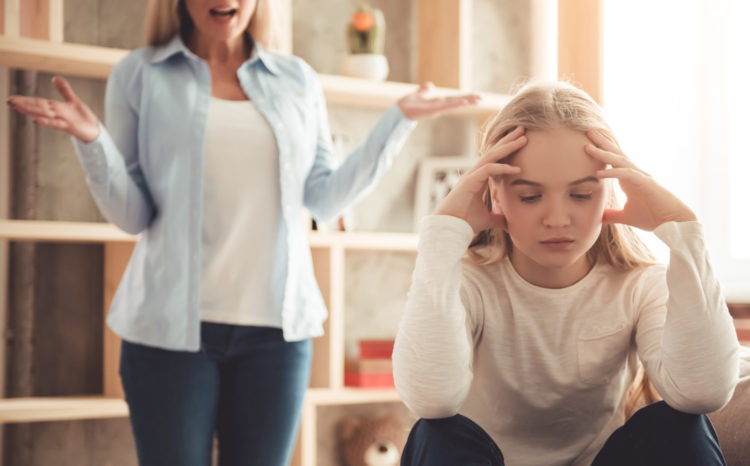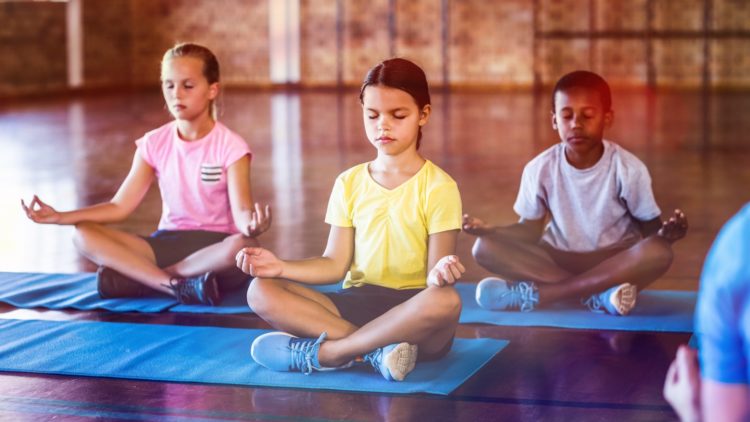Why we don’t use timeouts in our house
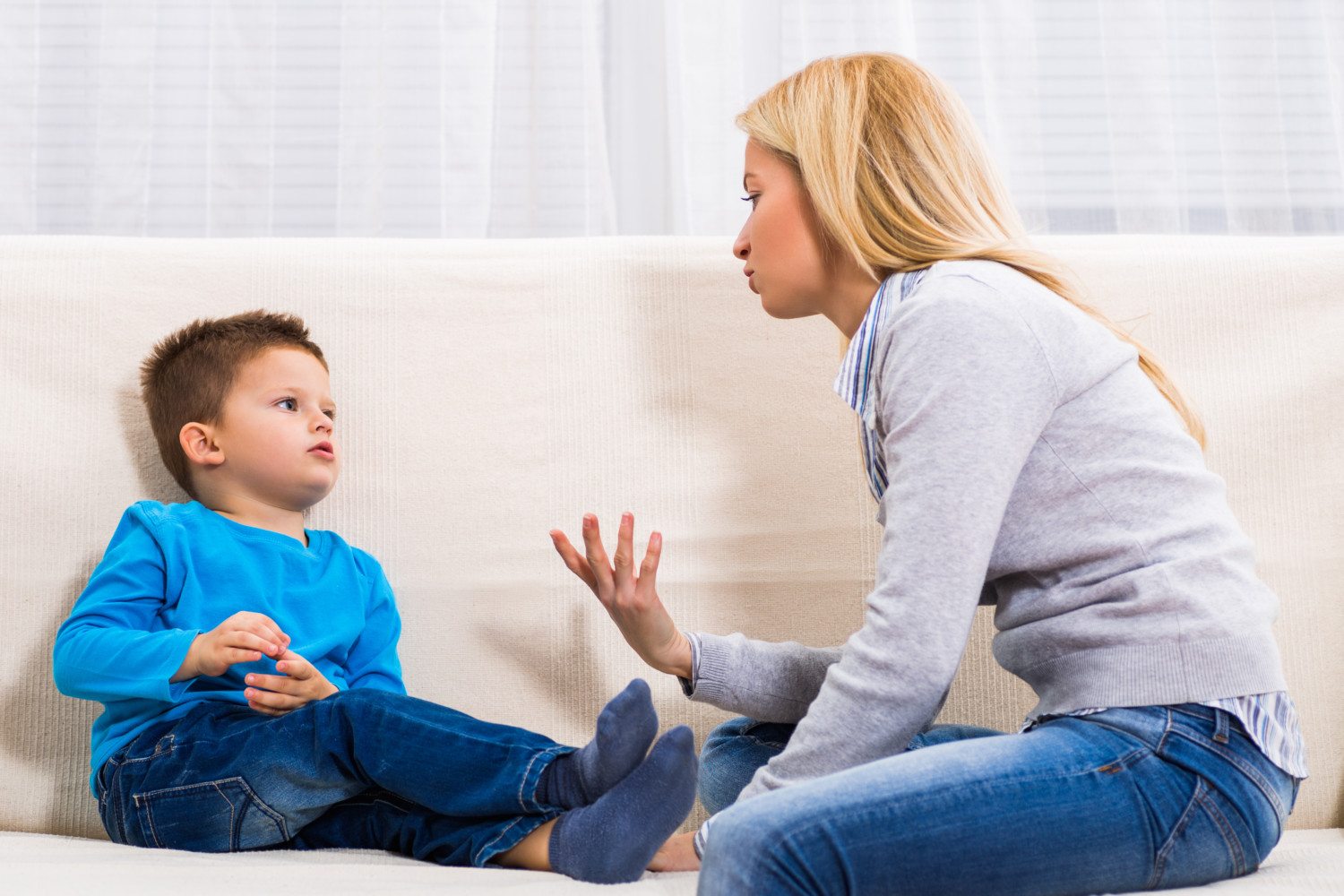
Without meaning to, my wife and I conducted an A-B experiment while disciplining our two children. They are just over four years apart, and somewhere in that gap — thanks to the suggestions of the progressive, mindful parenting books we regularly consume — we did away with the popular refuge of nearly all parents (probably since the dawn of time): the “timeout.” As some Neanderthal dad probably yelled, “Go to your part of the cave until you’ve calmed down!”
The arguments for the timeout boil down to: One, It’s better than spanking. (True.) Two, Parents want a little time away from a child’s aggravating behavior. (No doubt.)
Timeouts have been popular for decades and are still recommended by some parenting experts. But it’s time to add the timeout to the parental dust bin of history, along with yelling, hitting and missing school in order to help run the farm.
Here is the fundamental failure of the timeout: It’s tantamount to abandoning your kid when they need you most. If they’re acting up, it may be to get your attention. If they are upset or angry, they want you to connect with them (even if they push you away). Your calm, listening presence or a long hug — not isolation — is what they need to reconnect to their rational brain.
These moments just after upsetting behavior and anger — yours and theirs — can move a parent-child relationship closer or farther apart.
Need some solid social science to convince you? The National Institute of Mental Health conducted a study in 1982 (the timeout method hasn’t changed since then) that found kids who had timeouts — or “love withdrawal,” as the study’s authors also called the method — were more misbehaved, even when moms in the study talked to their kids after their timeout reflection.
Premier parenting academic Alfie Kohn has written extensively about the negative effects on a child’s moral and psychological development due to timeouts and other love-withdrawal techniques. He cites child psychologist Bruno Bettelheim, who concluded that timeouts can cause “deep feelings of anxiety.”
And if you’re telling yourself a timeout is not a punishment but rather a much-needed break for reflection and self-calming, let me ask you: Does your child think it’s a punishment? If so, then it is.
Describing timeouts in their book “How to Talk so Kids Can Learn,” Adele Faber and Elaine Mazlish write, “As an adult you can imagine how resentful and humiliated you would feel if someone forced you into isolation for something you said or did.”
What’s The Alternative?
I bet most parents who use the timeout — which seems to work in the short run (perhaps because it triggers a child’s fear of abandonment, according to developmental psychologist Aletha Solter) — do so because it’s expedient. If we had an alternative that worked more effectively and just as swiftly, we’d gladly use it.
The answer is “time-ins.” That sounds too cute to be real advice, but maybe it’s just catchy enough that you will remember it when you’re driven to the point of anger and not thinking straight yourself. Fight the urge to push your troubled kid away and work to embrace them instead.
When you remove the option of distance and solitude, you have no choice but to engage. That step, by the way, is often all it takes to stop the behavior. But you can also help them calm themselves; a few deep breaths is remarkably effective.
And then you both can find a solution together as a team instead of in opposition. Listen fully and patiently to their version of the story. And talk about mitigating factors. Are they hungry, angry, lonely, tired, stressed or sick (a list that forms the handy acronym HALTSS)?
Sometimes there are no solutions. We all just need to be heard sometimes. After you understand where they’re coming from, try reflecting their feelings back to them. “You feel sad that the playdate has to end.” “That’s so frustrating when a plan doesn’t work out like we hoped.”
Time-ins demonstrate to them you care, even when times get tough. It conveys the message that their “bad” emotions (which are really just difficult, yet perfectly natural, ones) are as acceptable as their pleasant, happy emotions. Time-ins also teach kids to pay closer attention to their feelings and needs, and get better at finding solutions to their problems. These moments — when, reflexively, a timeout seems the easiest route — are great parenting opportunities to connect (aka love) and teach life skills.
Sometimes, especially with older kids, they may genuinely want you to go away. But stay close. Maybe refrain from talking. If you leave the room, check in after a bit.
My wife and I give ourselves timeouts on occasion when we need a break. But sending yourself away is not the same as abandoning them, especially if you explain your emotional state before you excuse yourself. You are modeling the fact that everyone needs to give themselves recovery breaks (whether it’s 30 seconds or 30 minutes). Your kids may use it as a model for themselves.
Experiment: Give Up Timeouts For A Month
I’m guessing you won’t be convinced that time-ins are more effective than timeouts unless you give it a try. See what happens when you issue no timeouts for a month. It may be a mess at first, but I’m convinced you’ll see some significant results within a month.
Our home experiment had similar results as the National Institute of Mental Health study. If timeouts were effective, our younger child (who never got one) would be a terror. And our older one would have acted out more when we ceased to deploy them. But neither happened. In fact, we doubled down and largely did away with punishments altogether. The net result has been less confrontation, more cohesion, more solutions.
Our first daughter is 10 years old and has recently started the tween-age rite of passage of occasionally storming off to her room. Sometimes, she adds the slammed door as a kinetic exclamation mark. It’s a timeout of a different of color — one she imposes on herself. But my wife or I will check in after a few minutes and see whether she wants to talk. Sometimes, I need to apologize if I’m the one who her upset her. But if she still wants to be by herself, we respect that. She knows we’re nearby, always ready for when she needs a time-in.
Written by David G. Allan for CNN.
The-CNN-Wire
™ & © 2018 Cable News Network, Inc., a Time Warner Company. All rights reserved.



